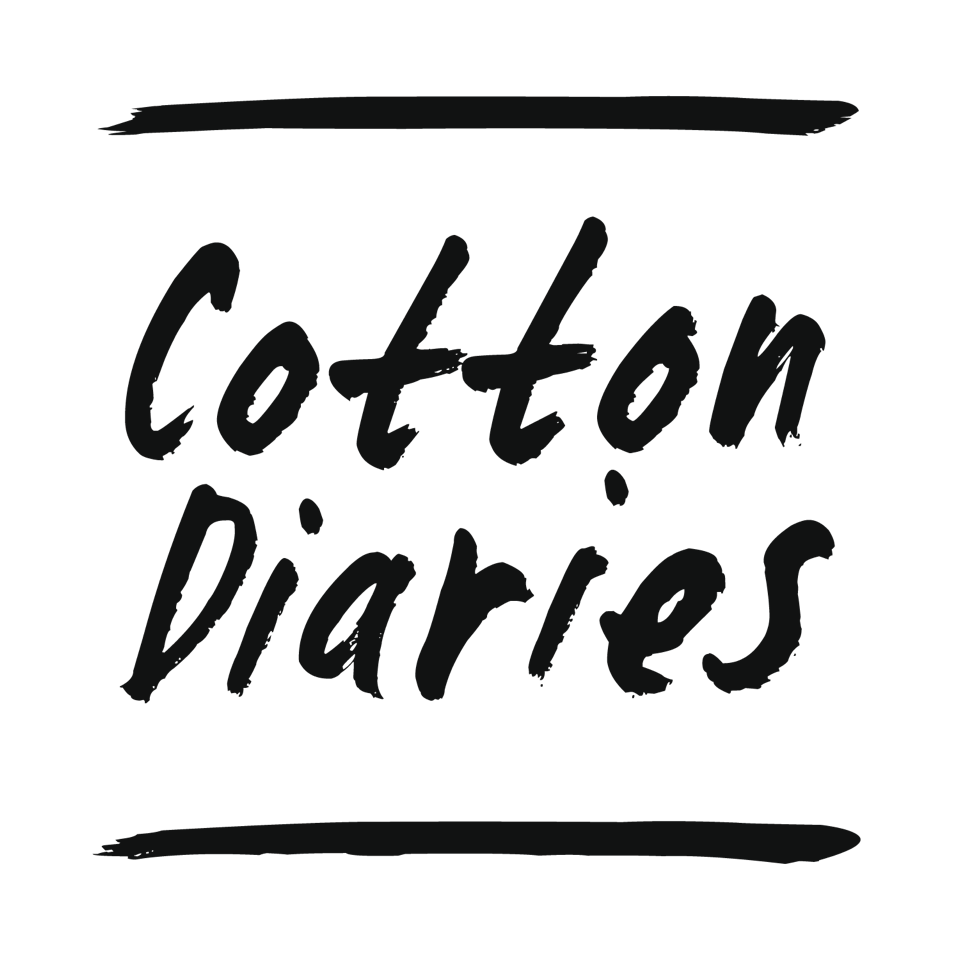World Cotton Day 2022: Let's Talk About Cotton Subsidies
Next World Cotton Day October 7th we’ll be discussing cotton subsidies. Below we’re going to introduce you briefly to this complex topic, so that you can come to our conversation with some context.
Subsidies in cotton remain a concern
Subsidies have been a bone of contention in cotton for years over their impact on poor countries and farmers. The resolution of a long-standing dispute (2002-2014) at the WTO mean it has been less talked about in recent years, but subsidies remain widespread. Since then over half of world cotton production has received some support.
“In the 2019-20 season, the US paid out more than $2 billion to cotton farmers, up from $1.2 billion the year before. That’s a significant amount of taxpayer money, so it deserves scrutiny. (kingpinsshow.com/cotton-subsidies)
This is not just a US problem anymore. Countries like China and India have used government resources to build cottons stocks to manage prices for their farmers and a range of countries use different tools.
“Eleven countries reported to the International Cotton Advisory Committee (ICAC) in 2020 that they provide some sort of financial assistance to their cotton industry and anywhere between half and three-quarters of international cotton growers receive support in a given year.” (kingpinsshow.com/cotton-subsidies)
In 2019/20 estimated total subsidies were US cents 20 per pound on a global price of US cents 60 (for a total global value of US$ 8 billion). They were down in 2021/21 to US$ 6.7 billion as prices rose, but were still high.
China was the largest payer of subsidies in 2021, according to the US Wilson Center.
“Over the past decade, China provided a massive $41 billion in cotton subsidies—almost six times more than the $7 billion provided by the United States. China alone accounts for nearly three-quarters of all cotton subsidies worldwide.” (www.wilsoncenter.org/blog-post/chinas-cotton-subsidies-immiserate-farmers-worlds-poorest-countries)
Support to China’s cotton producer effectively subsidises the abuse of people in Xinjiang.
Subsidies: what form do they take?
China: Import price and volume controls, quotas, strategic stocks, direct subsidy
USA: Price support, crop insurance, marketing loans…
India: Minimum support price, debt forgiveness, fertiliser subsidies
Turkey: Premiums for using certified seeds, fuel and fertiliser subsidies
European Union: Area payments
West Africa: Support for inputs, support for farm-gate prices
Source: ICAC PRODUCTION AND TRADE SUBSIDIES AFFECTING THE COTTON INDUSTRY December 2021
Cotton is seen as a strategic crop – a currency earner and a foundation for industrialisation. Hence, it is supported both by those seeking industrialisation and by those who have used it for this purpose. But many estimates say that, while meant to support farmers, subsidies may actually lower prices.
Many reports point to the negative impact of subsidies on the poorest countries and especially the poorest farmers and their communities, despite that many of their governments also support cotton. See, for example, the 2016 position paper by Fairtrade Advocacy, Power to West African Cotton Farmers.
The problem is both that the level of support given by LDCs (Less Developed Countries) [*] can never match that of richer countries but that any comparative advantages they have (for example in labour costs) are eroded by price supports.
Previous disputes over subsidies led by Brazil (beginning in 2002 and with a first judgement in 2004, settled in 2009 at the WTO) and the so-called C4 countries (Benin, Chad, Mali, Burkina Faso) led to a 2014 payment by the USA of US$ 300 Million to Brazil, some of which was invested in technical cooperation by Brazil’s Empraba with the C4 countries (www.embrapa.br/en/cotton-4-togo).
Estimates of annual losses by African countries are around US$ 140 million per year. (More information at United States cotton dispute)
Watch the recording of our conversation [**] with Dr. Sachin Sharma of the Centre for WTO studies, and Mr. Youssouf Sidibe of the Association of Producers of Cotton in Africa (AProCA):
Disclaimers: [*]We do not stand by the terminology ”less-developed countries” (LCDs) vs “developed countries” or “Global South” vs “Global North” . However, we recognise that such terminology has been used in the context of trade (World Bank / World Trade Organization etc.) and we haven’t yet found a way around that. We’ve been looking into how to use what we feel is more appropriate terminology such as “Majority World” and “Minority World”. The use of these terms was first proposed by Bangladeshi photojournalist and activist @shahidul001. Learn more about the power of decolonising language from our friends at A Growing Culture.
[**]The views, thoughts, and opinions expressed in the webinar belong solely to the interviewee, and not necessarily to the entire Cotton Diaries community. You can find full disclaimer information here.


